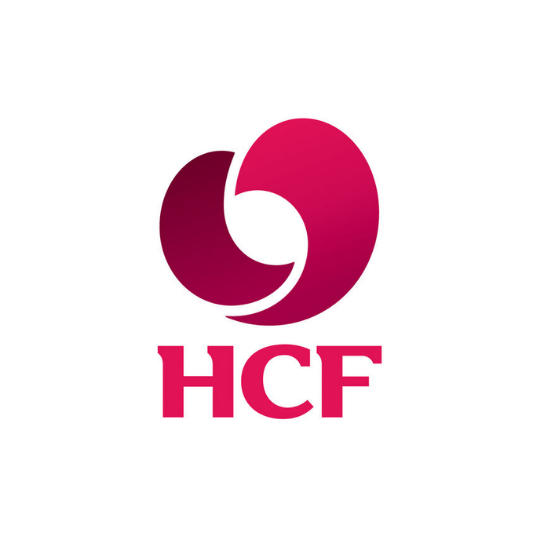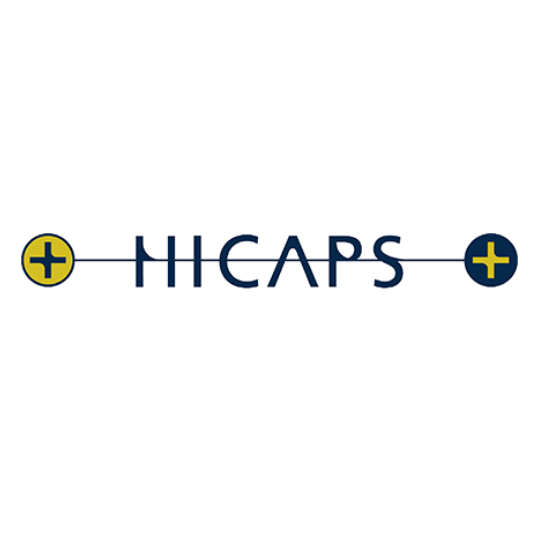Please note this service is only available at our Broadbeach clinic.
What is toenail fungus?
Medically termed – Onychomycosis – it affects up to 10% of the population worldwide 1 and is marked by discolouration and potential deformity of the nails. Aside from the infected nails being a cosmetic concern, it can cause toe and foot pain in its most advanced state.1
It is primarily caused by dermaphytes (trichophyton rubrum, trichophyton mentagrophytes & Candida albicans) which are a type of fungus that require keratin to grow.2 Keratin is a protein found in skin, hair and nails and is mainly what a nail is made up of. The infection can occur in the nail plate, nail bed and/or nail matrix (from where the nail grows).
How can toenail fungus typically be contracted?
Dermaphytes can be contracted directly by contact with other people, animals, and soil. They can also be contracted in-directly through contact with daily object e.g. upholstery, hairbrushes, carpet, socks, sock liners of shoes, shoe fabric.
The presence of previous nail trauma, diabetes mellitus, advancing age, restricted peripheral circulation and compromised immune function are risk factors for obtaining nail fungus.1; 2; 3 An infected nail can also co-exist (over 65.4% of cases) with tinea pedis (a skin fungus infection between the toes) and it can be the actual cause of the nail infection.4
What does a toenail fungus typically look like?
The infected nail can have a white and/or yellowish, brown appearance with potential scaling under the nail – with or without detachment. The nail can be thickened with rough ridges. In more advanced infections there can be complete lifting and destruction of the nail plate.


What are non-laser therapy treatments for toenail fungus?
Topical anti-fungals – bought over the counter this is the easiest, most accessible, and well-known treatment – at least in Australia. Initial entry point to treatment, in regard to costs, is the main advantage.
Unfortunately, it is well known that penetration through the nail at effective fungicidal concentrations is limited especially for thick toenails.3 Hence a reason it can take a long time to eradicate the infection – if at all because of potentially no penetration for thicker nails. Another barrier is there needs to be adherence diligently for up to 15 months. The time it takes for a full big toenail to replace itself.
Systemic anti-fungal medication – administered only via prescription by your GP it is typically a 12- week course of treatment. Success rates are often reported as the highest of all treatments with full adherence to treatment.1; 3 The seemingly other biggest advantage to this treatment is also cost of treatment – at least in Australia.
The major disadvantage however are the well-known potential side effects such as congestive heart failure, liver toxicity and drug contraindications.3 Additional adverse effects can include headache, loss of taste, and abdominal discomfort.1 Routine blood testing typically needs to be carried out throughout the course of treatment. Patient adherence can be low due to side effects and actually seeing out the full 12 weeks of treatment.1 Full course of treatment needs to be followed so therapeutic concentrations reach the nail plate.1
There are two types of lasers that are used to treat toenail fungus – Heat Lasers and Cold Lasers.
We use a Heat Laser – The ARC Fox Laser which is a Class 4 medical laser. Our practitioners have to be trained and licenced via Queensland Health (Radiation Health) guidelines to be able to operate this type of laser.
This type of laser emits high-level intensity light beams (1064nm) to penetrate the toenail. Heat is generated at this wavelength in which it is thought that fungal pathogens preferentially absorb.1 This has the effect of photothermal and photomechanical damage which spares the surrounding tissue.1 The fungus then grows out with the growth of the nail. As it is a heat emitting device, a practitioner applies it to ensure safe treatment. Confirming the nail will warm up but it should not be painful.
This type of Nail Laser Therapy has been shown to be a EFFECTIVE and SAFE treatment for fungal toenails.3
In terms of effectiveness a recent systematic review (an authoritative account of existing evidence using reliable, objective, thorough and reproducible research practices) showed that across the literature at the time there was up to 63% cure rate with using laser on its own.3
Interestingly, another study that compared nail laser therapy used in combination with topical anti-fungals, enhanced outcomes in their cohort from 63% to 86%.2
Once destroyed the fungus grows out with nail growth. For a full fungal infected big toenail this can take between 10 and 15 months. You should however start to see clear nail growth occur behind the infected part within 1 to 2 months.
The first step is booking an Initial Nail Inspection Podiatry consultation.
Book here online or call the Broadbeach clinic on 07 5592 1341
During this consultation your Podiatrist will:
- be looking for clear visual signs of nail fungus
- recommending pathology testing if applicable
- recommending the best course of treatment for you
- educating you on nail fungus treatment including healthy foot habits.
To confirm, Nail Laser Therapy will NOT be performed at this first inspection consultation.
If Nail Laser Therapy is recommended and appropriate for you then your Podiatrist will book you back in for your first session.
Typically, we recommend 4 to 6 sessions of treatment, with intervals of 2 to 6 weeks between each session. However, the exact schedule may vary depending on the severity of your infection. It’s important to have a discussion with your Podiatrist to determine their specific recommendations tailored to your individual condition.
Option 1
Single toenail – $140 per session
Option 2
Two or more toenails – $250 per session
We are consulting you about your feet so you can claim part of Nail Laser Therapy as a Standard Podiatry consultation – if you have private health. Confirming private health does not have a specific code for be able to claim for Nail Laser Therapy.
References:
1LIDDELL, L. T.; ROSEN, T. Laser Therapy for Onychomycosis: Fact or Fiction? J Fungi (Basel), v. 1, n. 1, p. 44-54, Apr 03 2015. ISSN 2309-608X. Disponível em: < https://www.ncbi.nlm.nih.gov/pubmed/29376898 >.
2 WEBER, G. C. et al. Treatment of onychomycosis using a 1064-nm diode laser with or without topical antifungal therapy: a single-center, retrospective analysis in 56 patients. Eur J Med Res, v. 23, n. 1, p. 53, Oct 24 2018. ISSN 2047-783X. Disponível em: < https://www.ncbi.nlm.nih.gov/pubmed/30355363 >.
3 MA, W. et al. Laser treatment for onychomycosis: A systematic review and meta-analysis. Medicine (Baltimore), v. 98, n. 48, p. e17948, Nov 2019. ISSN 1536-5964. Disponível em: < https://www.ncbi.nlm.nih.gov/pubmed/31770202 >.
4 LIPNER, S. R.; SCHER, R. K. Management of onychomycosis and co-existing tinea pedis. J Drugs Dermatol, v. 14, n. 5, p. 492-4, May 2015. ISSN 1545-9616. Disponível em: < https://www.ncbi.nlm.nih.gov/pubmed/25942668 >.

OUR TEAM
- Any
- Baringa
- Beenleigh
- Brisbane
- Broadbeach
- Buderim
- Burleigh
- Caloundra
- Chermside
- Coolum
- Fraser Coast
- Gold Coast
- Gympie
- Hervey Bay
- Indooroopilly
- Ipswich
- Kawana
- Logan
- Maroochydore
- Morayfield
- Moreton Bay
- Mt Gravatt
- Nambour
- Noosa
- North Lakes
- Redcliffe
- Robina
- Runaway Bay
- Sippy Downs
- Springfield
- St Lucia
- Sunshine Coast
- Woolloongabba
- Wynnum
Nicholas Roth
Podiatrist - Paediatric, Sports & Exercise
Nicholas Roth
Podiatrist - Paediatric, Sports & Exercise
Nicholas is a passionate and dedicated podiatrist with a special interest in paediatrics, sports, and biomechanics. Graduating from Queensland University of Technology (QUT) in 2015, he has since made the Gold Coast his home, where he enjoys life with his wife and two daughters. With a firm belief in the philosophy that “prevention is better than cure,” Nicholas focuses on helping his patients, particularly children, stay active and pain-free.
His goal is to see kids run, play, and enjoy their favourite activities without discomfort. Nicholas is also highly experienced in sports injuries, helping athletes recover and perform at their best while preventing future issues.
Outside of his professional life, Nicholas enjoys spending quality time with his family, often camping, fishing, and soaking up the beach lifestyle. A lifelong sports enthusiast, he is an avid football/soccer player and enjoys staying active in various sports.
Nicholas is committed to providing compassionate, expert care for patients of all ages, with a focus on improving mobility, comfort, and overall well-being.
Nicholas is available for Podiatry appointments at our Broadbeach clinic.
CLINIC LOCATIONS








































